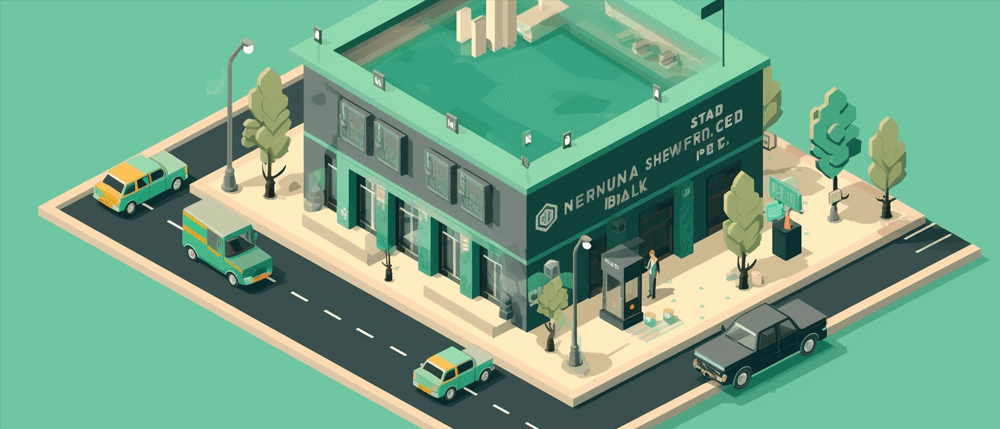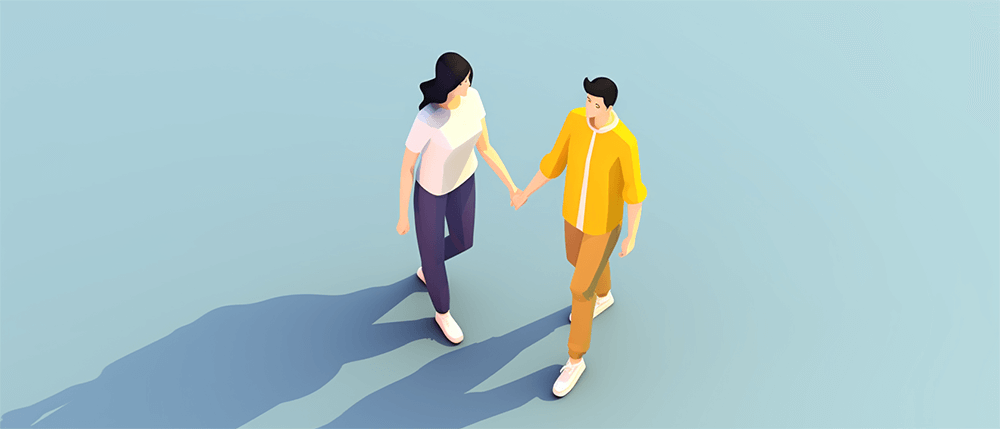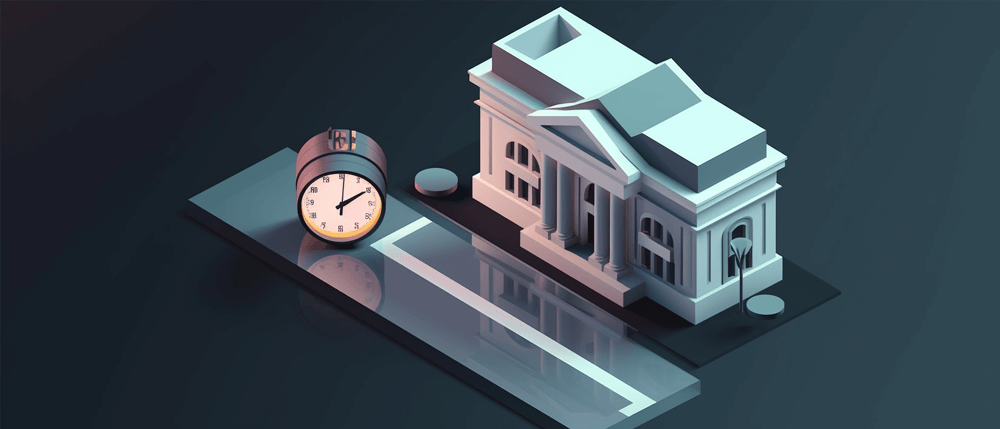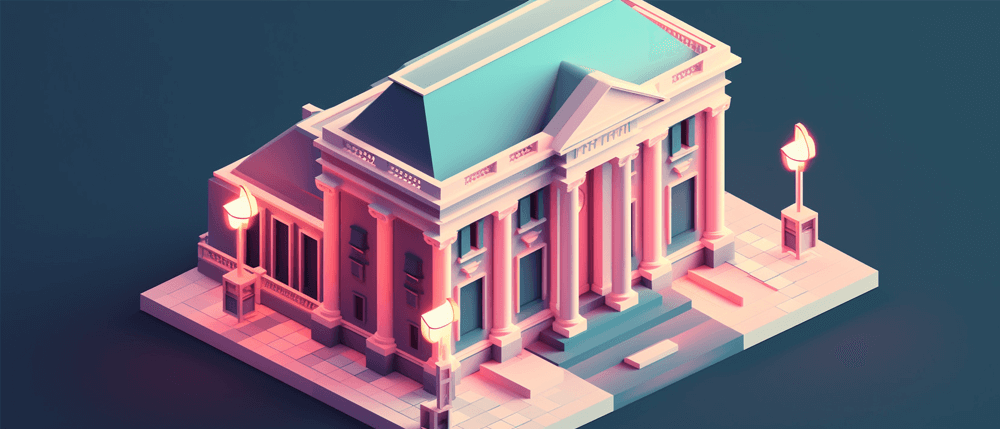
- A money order is a certificate that lets the recipient safely get cash, like a check.
- They can be sent and received by individuals and businesses.
- Money orders can be up to $1,000.
What Is A Money Order?
Money orders work like checks. They are issued by banks or governmental institutions, allowing the recipient to exchange them for cash. If you purchase a money order and change your mind, you can cancel it to stop the payment.
American Express started issuing money orders in 1882 as a safe way for people to pay off small debts. By now, almost all financial institutions offer money orders for purchase. Most money orders are issued by MoneyGram, Western Union, or USPS.
What Is The Limit For A Money Order?
Most money orders have a limit of $1,000. If you want to transfer more than that, you will need to purchase multiple money orders or a cashier’s check.
When To Use A Money Order
Money orders are helpful when you don’t want to send or receive cash or personal checks. Personal checks have a lot of information, like account and routing numbers, that you may not feel comfortable sharing. Money orders only require your name and address.
You don’t need to have a checking account to purchase a money order, and the recipient doesn’t need one to cash it.
Additionally, money orders are prepaid and guaranteed, so there is no risk of bouncing. They are safer than cash because only the payee can cash them. They don’t need to be cashed at the same institution that issued them or even in the same country. You can also use money orders to safely send money overseas.
Buying A Money Order
You can purchase money orders from banks or credit unions, but they aren’t the only places you can get them. Many post offices, big box stores like Walmart or CVS, and gas stations will also sell money orders. If in doubt, call ahead or check online to ensure you don’t waste a trip. If you’re buying an international money order, you will likely need to go to a bank or post office, as other retailers may not offer international options.
You can walk into the location of choice, ask to buy a money order, provide the cash or pay on a debit card, and fill the order out. You’ll have to provide the payee’s and your name and address, the amount, and your signature. Once you’ve filled it out, remove the stub on the end with the order number, and your money order is ready for delivery.
The cost of a single money order depends on where you purchase it. On average, the cost will be between $1.00 – $5.00. Retail banks tend to charge more than other places, so it’s best to shop around before deciding where to buy your money orders.
Costs Of Money Orders At Different Locations
| Location | Price |
| USPS | $1.20 |
| Walmart | $0.70 |
| CVS | $0.70 |
| MoneyGram | $0.50-1.50 (varies by region) |
| Western Union | $0.50-1.50 (varies by region) |
| Chase | $5.00 |
| Wells Fargo | $5.00 |
| Bank of America | $5.00 |
Requirements For Getting A Money Order
When you buy a money order, you need to provide the recipient’s name and how much the order is worth. Unlike checks, money orders don’t need secure banking information like account or routing numbers.
You must have the amount on hand for purchase, either in cash or in your debit card account. Checks don’t debit your account until the payee cashes the check, but money orders are prepaid. That means your account is debited at the time of purchase. Some institutions allow you to buy money orders with a credit card.
Additional Considerations
There are a few other things to be aware of when using money orders. These can include delayed cashing, purchasing money orders exceeding $1,000, and sending money overseas.
No Expiration Date
Money orders don’t expire. You can wait to deposit or cash a money order without worrying that it won’t go through. However, some issuers charge additional service fees if a money order is cashed over a year after issuance.
For example, Amscot charges a service fee of $2 per month (up to a total of $144) for uncashed money orders beginning a year after purchase.
If you don’t want to incur those extra fees, check the terms of service. Domestic money orders from the U.S. Postal Service never require extra fees, no matter how long before they are cashed.
More Money Orders Require More Information
While most issuers limit money orders to $1,000 or less, not all do. The USPS and Western Union have no daily limits for money order purchases.
If you purchase multiple money orders at the same time worth more than $3,000 in total, you will likely need to provide government-issued identification with your photo and fill out extra forms. These requirements are in place to prevent money laundering.
Limits Differ Internationally
When you purchase an international money order, take note of the amount limits, since they often differ from domestic orders. The USPS caps international money orders at $700 for most countries, with additional issuing and processing fees.
For El Salvador and Guyana, the USPS caps international money orders at $500. The USPS charges a $49.65 issuing fee and an additional processing fee that depends on the destination country.
Canceling A Money Order
If a money order has not yet been cashed, you can often cancel it by contacting the issuer and filling out a cancellation form with a copy of your receipt and government-issued identification. The receipt is the stub removed from a money order after filling it out.
This process is typically for lost or stolen money orders. Most issuers will charge a fee to cancel a money order and replace your funds.
The USPS charges $14.60 to process your cancellation request and may take up to 60 days to investigate the request and replace your money. Once someone has cashed the money order, you cannot recoup the money spent.
Cashing A Money Order
You can usually cash a money order at the same places where you’d buy one. This includes post offices, banks, credit unions, gas stations, and large stores. You don’t need to be in the country of origin.
As the specified payee, you must provide government-issued photo identification to cash or deposit the money order. Some places charge a small fee for cashing money orders. However, there is no fee for depositing a money order into a checking or savings account.
When To Consider A Cashier’s Check Instead
Cashier’s checks have much higher limits than money orders, making them more practical for large purchases such as houses or vehicles. Like a money order, a cashier’s check must be purchased with money on hand, not with credit. The main difference is that a financial institution issues a cashier’s check with the assurance of their assets.
Money Orders Are Safe And Convenient
Money orders are an inexpensive, safe alternative to small cash payments for payees who don’t have checking accounts, live outside the country, or want assurance that the payment won’t bounce like a check. They are also handy for people who don’t want to disclose personal banking information for fear of identity theft.
Frequently Asked Questions (FAQs)
How Do I Fill Out A Money Order?
When you purchase a money order, you must provide the payee’s and your name and address, the payment amount, and either a description of what the payment is for or a billing account number. Once you’ve finished writing the information, sign it, and detach the receipt stub so that you can track the money order.
Are Money Orders Safe?
Money orders can only be cashed by the named payee, and the payee must provide adequate identification. This makes money orders safer than cash. They are also prepaid, so there is no risk of them bouncing. Money orders have tracking numbers, so purchasers can see when and where the money orders are cashed.
Where Can I Cash A Money Order?
Typically, you can cash money orders at most banks, credit unions, U.S. Postal Service offices, large stores, and gas stations.
Where Do I Get A Money Order?
You can get a money order from most banks, credit unions, U.S. Postal Service offices, many large franchises like Walmart or CVS, and some gas stations.










